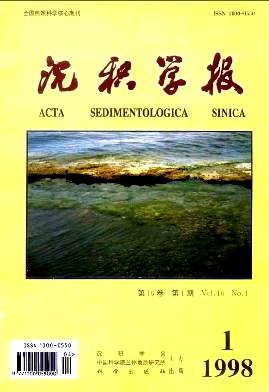Analysis on Sand Granularity and the Effects of Water and Heat Change on Environment —A Case Study in Gurbantonggut Desert
- Received Date: 1997-11-04
- Rev Recd Date: 1998-01-23
- Publish Date: 1998-03-10
-
Key words:
- granularity /
- water and heat transmission /
- moisture content /
- Gurbantonggut desert
Abstract: Gurbantonggut Desert is the second largest desert in China. It forms in an arid area far away from seasand oceans ,and does not be affected by monsoon. Under the influence of the regional topography and west-ern air current,a particular regional climatic environment forms. This paper mainly discusses the granularcomposition of surface sand in the different types of sand deserts (moving sand desert and fixed sand desert)in Gurbantonggut Desert,and the interrelation between sand granularity and heat transmission in sand layerand sand moisture content. The results of field observation and sample analysis show that heat transmissionand moisture movement in sand layer as well as evaporation from sand surface of the different types of thedesert are directly related to sand granular composition. Moreover,sand granular composition plays an impor-tant role in sensible heat and latent heat of sand surface and feedback of the desert to climate. Meanwhile,sand granularity and change process of water and heat transmission directly influence the survival rate andgrowth of plants in the desert ,and have an important effect on desert climate and environment.
| Citation: | Wei Wenshou. Analysis on Sand Granularity and the Effects of Water and Heat Change on Environment —A Case Study in Gurbantonggut Desert[J]. Acta Sedimentologica Sinica, 1998, 16(1): 152-156. |






 DownLoad:
DownLoad: